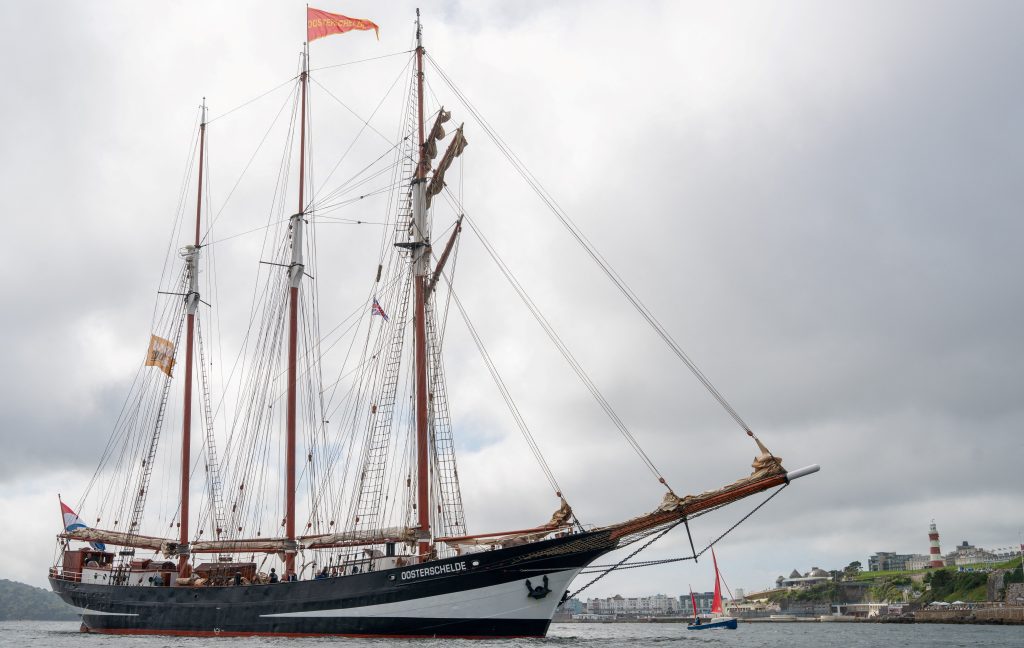Ensuring Compliance With Maritime Safety Regulations

Ensuring compliance with maritime safety regulations is crucial for the safety of both vessels and their crew. These regulations are designed to minimize risks, prevent accidents, and ensure a safe working environment at sea. Compliance involves adhering to international, national, and local laws, which encompass a wide range of safety practices and equipment standards.
One of the most critical aspects of maritime safety is the maintenance and inspection of life-saving equipment. This includes life jackets, life rafts, fire extinguishers, and emergency signaling devices. Regular checks and servicing ensure that these items are in optimal condition and ready for use in an emergency. The International Maritime Organization (IMO) sets the global standards for the safety of life at sea, including the guidelines for the maintenance of life-saving appliances.
Regular Inspections and Maintenance
Regular inspections are essential to ensure that all safety equipment is functioning correctly. This involves checking for any signs of wear and tear, corrosion, or damage that could impair the performance of the equipment. For instance, life jackets should be inspected for buoyancy and integrity, while fire extinguishers need to be checked for pressure levels and accessibility.
Also, servicing life-rafts is a critical component of maritime safety compliance. Life rafts must be regularly serviced by certified professionals to ensure they are fully operational. This includes inspecting the raft for any damages, checking the inflation system, and ensuring that all emergency supplies are intact and within their expiration dates. Proper servicing guarantees that life rafts will deploy correctly and provide the necessary support in an emergency.
Training and Drills
Ensuring compliance with maritime safety regulations also involves regular training and drills for the crew. All crew members must be familiar with the safety equipment and procedures. Regular drills simulate emergency scenarios, allowing the crew to practice their responses and improve their readiness. These drills should cover a variety of situations, such as fire outbreaks, man-overboard incidents, and abandon ship procedures. Training helps to instill confidence and competence in handling emergencies, thereby enhancing overall safety.
Documentation and Record-Keeping
Maintaining accurate records of all inspections, maintenance, and training activities is another crucial aspect of compliance. Documentation provides proof that the vessel adheres to safety regulations and allows for tracking the maintenance history of safety equipment. This record-keeping is essential during audits and inspections by maritime authorities. Failure to provide adequate documentation can result in penalties and even the detention of the vessel.
Adhering to International Standards
Compliance with international maritime safety standards is mandatory for vessels operating in international waters. The International Convention for the Safety of Life at Sea (SOLAS) is one of the most important treaties governing maritime safety. SOLAS sets minimum safety standards for the construction, equipment, and operation of ships. It covers various aspects, including fire protection, life-saving appliances, and radio communications.
Vessels must also comply with the International Safety Management (ISM) Code, which provides an international standard for the safe management and operation of ships. The ISM Code requires shipping companies to establish a safety management system (SMS) that includes policies and procedures to ensure safe operations and continuous improvement in safety performance.
National and Local Regulations
In addition to international regulations, vessels must comply with national and local maritime safety laws. These regulations can vary significantly between countries and regions. It is essential for vessel operators to stay informed about the specific requirements of the areas where they operate. This includes understanding the local inspection procedures, reporting requirements, and any additional safety measures that may be mandated.
Conclusion
Ensuring compliance with maritime safety regulations is a multifaceted process that involves regular maintenance of safety equipment, thorough training of the crew, meticulous record-keeping, and adherence to international, national, and local laws. By following these practices, vessel operators can significantly reduce the risks associated with maritime operations, ensuring the safety and well-being of their crew and the successful operation of their vessels. Regular servicing of life rafts and other critical safety equipment, combined with proper training and documentation, forms the backbone of effective maritime safety management.




